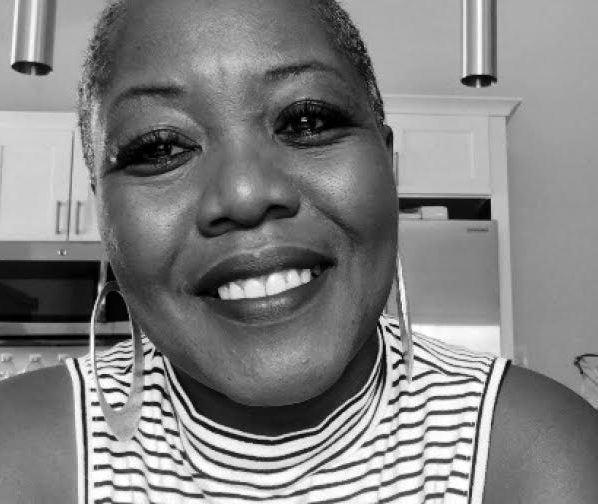
Every June, a ripple of excitement moves through the African literary world when the Caine Prize short list is announced. In a sense, it’s a gauge of what the contemporary African short story looks like; what styles, topics and moods reverberate and bubble to the surface. Granted, the shortlist not an objective measure, since a lot depends on which stories publishers submit and the taste of each year’s judges. Nevertheless, I look forward to each year’s list as it introduces us to fresh new voices and celebrates those we may already know.
As a writing teacher, I am especially interested in the stories from a craft angle: what is it about each one that got it selected, and how can craft help us unpack what makes each story masterful? I intend to ruminate on this, one story per week, and hope it provokes a conversation about the art of the African short story. These will not be standard reviews, nor a comparative take on the five stories; rather, I will highlight how each writer wields one or two craft tools to create an artful whole. The assumption is that readers will have read the stories. Go here to read more of my reviews of these stories.
***
How to Write About Love: “When a Man Loves a Woman” by Nana-Ama Danquah [read the story here]
Love is at once one of the most mysterious things there is, and yet the most stifled by clichés, propagated by love songs, love poems, romance novels and so on. We barely know how to express it without borrowed language, which leads to borrowed feelings. So, how to write about love without falling into the trap of cliché? Nana-Ama Danquah’s story provides some clues.
First, it is so much more than a love story. Befitting its noir genre, it is spiced with crime, suspense and flawed characters, while also exploring themes of immigration and return; the double world of diasporic Africans; the relationship between our bodies, diets, health and sex; and the strength and fragility of friendship. All these themes intertwine with and intensify the love story, creating a world where the couple, Kwame and Adwoa, do not just love, but also eat, sleep, exercise, parent, forge careers and friendships, move countries and more. The love story’s context is fully fleshed out, and the reality of their world makes their love real and believable to the reader.
The opposite of cliché is originality, which is what a writer strives for with every sentence. Thus, instead of the simpler, more obvious, ‘she kisses him,’ Danquah writes, “… softly, softly, place her lips on his.” Further on in the story, we read, “he could not rise to meet her desire,” rather than, ‘he could not get hard.’ These are only two examples from the story that show us how to resist the obvious, to not choose the first, every-day expression that occurs to us, but to reach deeper, for what actually is the truer expression. I find that reading poetry feeds my mind with larger, more exciting possibilities of language, which helps me make more original stylistic choices.
Further, Danquah’s generous use of imagery, similes and metaphors to express love and all the other emotions evoked in her story lifts them out of the realm of cliché to a place where readers feel them as intensely as the characters do. For example, she describes sexual desire as “the other, more primal hunger.” When hunger attacks, it cannot be resisted, which also explains why Adwoa cheats on the man she loves and why Kwame seeks out prostitutes. Later, we read, “His love for her flushed out every other emotion.” That one word, ‘flush’ evokes love as a powerful cleansing force. Negative emotions are expressed just as powerfully: “fear twisting his intestines into a tight bow of pain,” is visceral and violent. I think of a bow-tie’s tight knot rather than a curved bow. Also, when Kwame “simmers in pain,” we can feel the lengthy immersion in boiling-point pain, and, thus, can empathize with his need to do something, anything, to stop the pain. Imagery speaks directly to the senses.
One of the common pitfalls of writing about love or any other emotion is the impulse to explain it so that the reader understands it, rather than evoking it so that the reader experiences it. The writing adage, ‘show, don’t tell’ itself has become a cliché, but it hasn’t worn itself out from constant use. What impresses me about this story is Danquah’s skill at showing and telling together so that meaning and feeling are both expressed and, thus, enhance each other. The very first scene is a great example of this. The author tells us about the couple’s ‘lovemaking mornings’ that informed, defined, and drove their relationship. What makes this ‘telling’ paragraph work? First, she sets the scene by having the couple in bed one morning, but they do not make love. Second, the ‘telling’ is from Kwame’s point of view. These are his thoughts and feelings, which resonate more than an objective explanation would. Thirdly, specific examples are given to illustrate the telling. How does lovemaking affirm their relationship? It “brought to the fore a certain vulnerability” that enabled them to compromise and forgive. It led them to plan, dream, and declare their commitment to each other. Where a less experienced writer might have simply told us, “They made love every morning, which deepened their love,” Danquah takes her time establishing and elaborating on the depth and detail of their love. She wraps up the ‘telling’ with finesse by returning to the problem; she ‘shows’ us, with action, exactly how the lovemaking no longer works. Adwoa slips her hand in Kwame’s pajamas, and he recoils away. Enough said; no explanation is needed.
Above all, it is the complexity of emotions in the story that make them so powerfully real and resonant. Kwame and Adwoa are not flat characters who either love or hate, rather, they feel and enact a range of often contradictory emotions simultaneously. Right from the very start, we learn that Kwame loves Adwoa but is trying to kill her. What!? His love makes him, “regret, at least momentarily, his decision to end her life.” In one sentence, we have love, regret, decisiveness, and murderous intention. It is almost too much to believe, but Danquah convinces us by laying out the landscape that nurtures these emotions with all the details about Kwame and Adwoa’s backgrounds, education, physical features and motivations over time. This story is a masterclass in character development.
Contradictions abound, illustrating the characters’ complexities. Kwame hires prostitutes on a regular basis, and yet does not consider this infidelity; even so, he is ready to murder his wife for her infidelity. In another strange example, imagining his wife and best friend making love momentarily cures Kwame’s impotence: he is turned on. Justifiably, this confuses him. Much later, when Kwame is racked with “guilt, fear, satisfaction, anger, sorrow” when Adwoa takes her medicine, it makes sense. The fine line between love and hate has been erased.
As for Adwoa, this almost perfect wife and companion who has genuine love and compassion for Kwame is also, simultaneously, “casually cruel.” Her motivation to cheat with her husband’s best friend is not quite clear, but who says women cannot be driven by the ‘primal hunger’ of pure lust? To my mind, she reacts to her husband’s impotence and possibly terminal illness with a pendulum swing to the opposite extreme: living life to the utmost. We see that both Kwame and Adwoa are fully human, that is, they are not simply saints or sinners but a complex stirring of both, and these contradictions erupt into discordant emotions and actions, all of which make for a fascinating study of the dangers, satisfactions and mysteries of love.


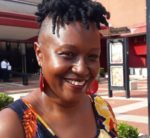

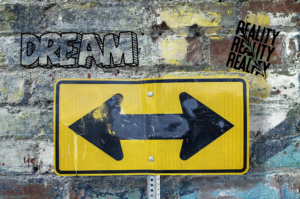
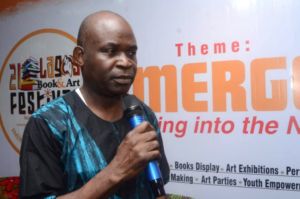
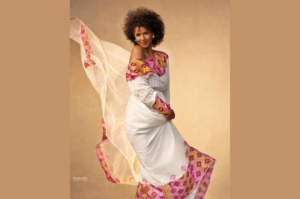

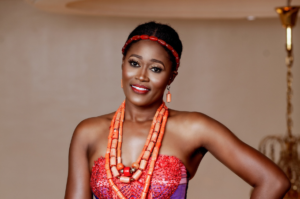

COMMENTS -
Reader Interactions